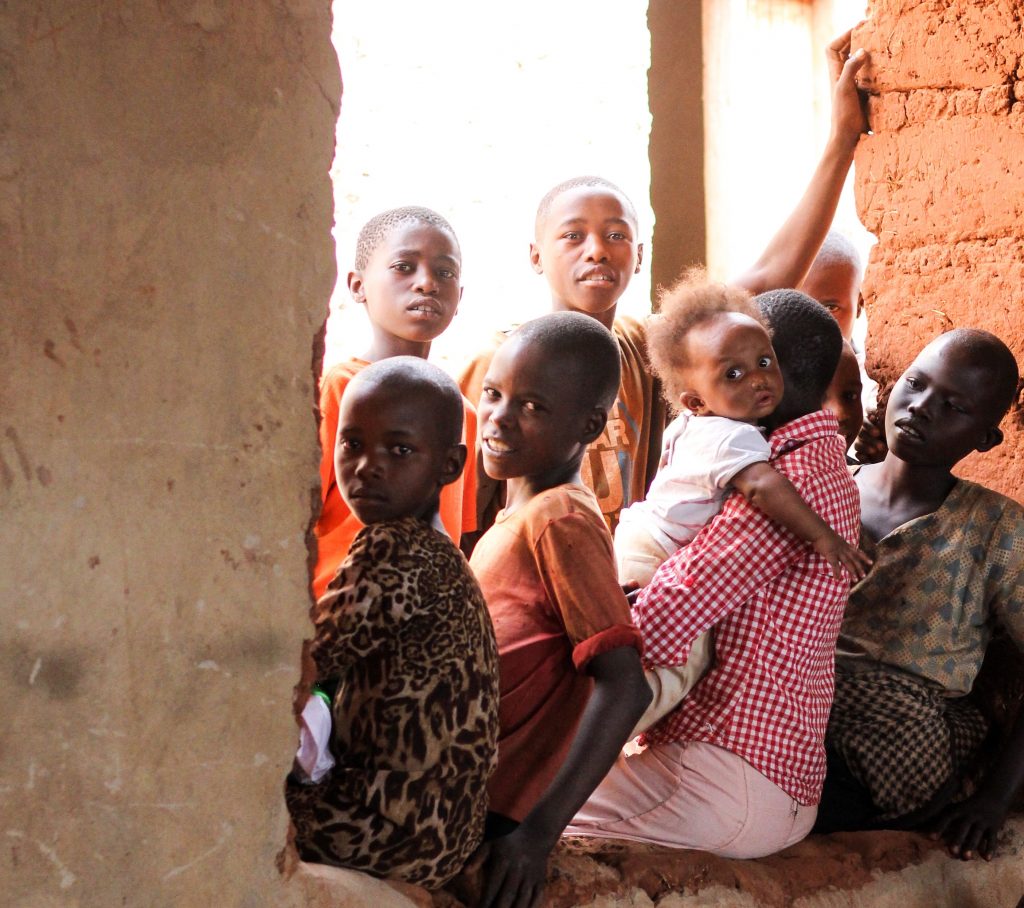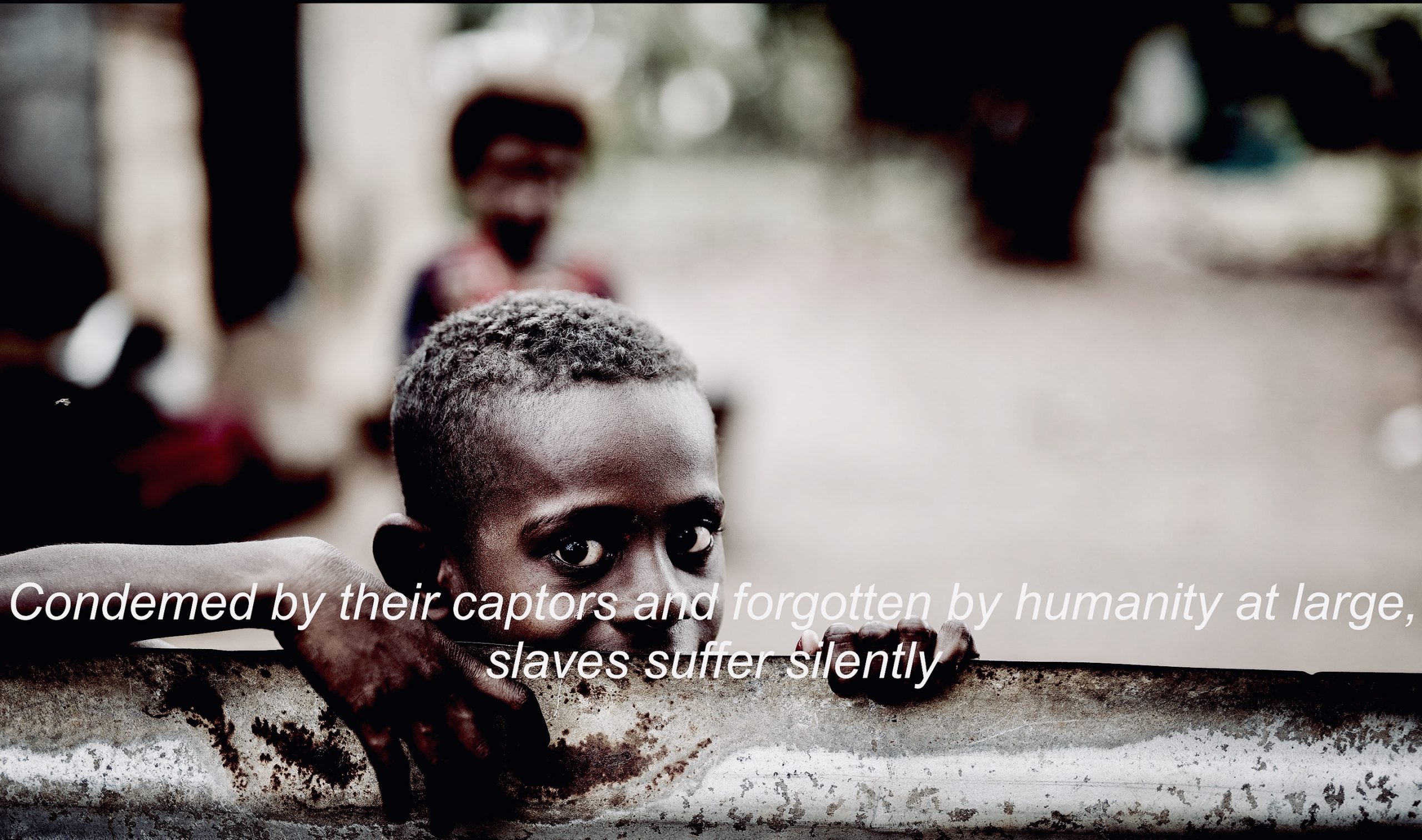The deplorable activity of human bondage has clutched humanity like a disease and despite its underrepresentation in today’s headlines and government policies, slavery is more prevalent today than ever before. 40.3 million victims are forced into marriage or labour every year and it stands as one of the world’s most widespread crimes (STOP THE TRAFFIK, 2020). Human trafficking constitutes the acts of recruiting, transporting, transferring, harbouring or receipting somebody for exploitation. Slavery is the overarching term for these practices and as a repulsive activity of indignity, it cannot be allowed to continue at its current scale.
Not necessarily across borders, the phenomenon is often perpetrated with misleading promises of brighter economic prospects, education or freedom from fear and conflict. Instead, individuals find themselves in even more dire circumstances, essentially becoming someone else’s illicit property. Due to this element of deception, for the most part, it affects people in vulnerable situations with which they are trying to escape. The subject is incredibly broad and while this article will highlight only a select handful of its forms, the world must work towards eradicating this abomination of humanity in all of its manifestations.

A Booming Business
In today’s globalised world, money filters down through many different channels and due to the vastly complex nature of its supply chains, contemporary slavery goes substansively under the radar. Forced labour alone is a multi-billion dollar sector:
The 21 million victims in forced labour generate over $150 billion in illegal profits. These figures exceed the population and GDP of many countries around the world. Yet this vast nation of men, women and children, along with its resources, remains virtually invisible, hidden behind a wall of coercion, threats and economic exploitation
(International Labour Office, 2014, p.45).
While a number of cases may be foiled, the flow of capital funds further criminality, up to and including armed conflict and international terrorism. Although being a critical global issue in and of itself, this gives further reason to eradicate slavery.

Organ Harvesting
A subform of slavery is the procurement of organs without the consent of the victim. Fuelled by some 300,000 person long waiting lists, harvesting organs for sale on the black market is a lucrative industry. A kidney will typically fetch between $100,000 and $200,000, yet the donor will receive very little of this if any (The Washington Post, 2016). To make the brutality of this particular form of traffic clear, in 2013 a six-year-old boy was snatched outside his home in Shanxi, China, drugged and taken to a field where his eyes were gouged out by the attacker (The Independent, 2013). The assailant was most likely part of the massive underground network prevalent in China which supports such practices. Citizens from developed countries fuel this trade too, an activity referred to as ‘Transplant Tourism’ where desperate organ recipient prospects travel to a state with looser policies in the hopes of finding a donor. This surges demand on an already bottle-necking industry, further incentivising the disgusting trade.

Child Soldiers
In an era where state structures in the developing world are prone to breakdown, conflict and criminality rampages, and due to their vulnerability, children are enlisted into the violent domain of conflict. Most common to the regions of Africa and the Middle-East, the recruitment of children as fighters in conflict will expose these young people to severe and life-changing trauma. Such a fact makes it extremely hard for former child soldiers to reintegrate. As of 2004, UNICEF estimated a figure of 300,000 child soldiers fighting across 20 states in the world today. However, this figure is likely much higher today due to the prevalence of internal and regional conflict. According to the Child Soldiers Initiative, 46 states most prominently situated in parts of Africa, Asia, and the Middle East are still known to enlist soldiers under the age of 18 into their armed forces (2017). Such a statistic includes armed child soldiers who are also used for supportive roles, such as cooks or spies. More alarmingly though, there are cases of children being used as human shields, suicide bombers or as sex workers. Much easier to mislead or abduct, children are the most vulnerable individuals when talking about slavery more generally.

A Compounded Issue of the Shifting Arena
The problems associated with the topic are only exacerbated by the turbulent times we live in. Mass migration is a monumental factor, giving fuel to the fire of the transnational trafficking networks. Slaver groups prey on refugees in particular, as Bigio observes with regards to the Rohingya attempting to escape the regime-led offenses in Myanmar:
(2020)
Already in severe danger, these people fleeing conflict and persecution are only met with further abuse. Situational vulnerability is a recurring theme of the topic and with it, in mind, there must be wider efforts to combat the systemic causes of the issue. Socio-economic factors such as inequality, conflict grievance, and institutional mismanagement are the primary factors. Resolving them must be the long term goal of the community and only then will there be real change.
An Outcry for Proper Policy Action and Representation
Anti-trafficking programs are predominantly underfunded and detached from wider initiatives such as conflict prevention, anti-terrorism, and international security agendas, remaining in the realm of the activists and away from government policy (Bigio, 2020). This is unacceptable as they are inherently interlinked. Although a consequential humanitarian issue, there needs to be more work from governments and international organisations to break these criminal structures and hold perpetrators accountable. For that, above all, we need global accountability and visibility. Governments need to show what they are doing or, indeed, not doing to stop human rights abuses not only against liberty but other explotionary crimes as well. There is a far too prevalent trend when one examines the drivers of humanitarian crimes. It tells the tale of how the developed feeds the abuses of the developing in indirect and direct ways. Inaction with regards to enforcing pro-rights agendas and policy is one example.

Global relations are an assemblage of different levels and layers of interaction and everyone’s action matters. Whether at the international/political level or individual/grassroots, opinions shape social change. Slavery is an abomination, a disease still gripping humanity across the world. This is as true as it has ever been and although it affects many different individuals in a variety of ways, the real abolition of slavery is long overdue. It will take a conscious effort from the global society, states, organisations, and individuals to combat the causes of the topics discussed herein and we as change-makers must spur movements against slavery. As this work has tried to highlight, the issues associated with slavery are incredibly widespread. They all fall under the same bracket, however, and whether you attempt to abolish human rights abuses on an acute or systemic scale, it all makes a difference to those who only know a life of misery, condemned by their captors.
References
Bigio, J. (2020) Human Trafficking Helps Terrorists Earn Money and Strategic Advantage. Foreign Policy. Available at: https://foreignpolicy.com/2020/01/31/human-trafficking-helps-terrorists-earn-money-and-strategic-advantage/ (Accessed: 16th February 2020).
Efrat, A. (2016) ‘Organ traffickers lock up people to harvest their kidneys. Here are the politics behind the organ trade’, The Washington Post. Available at: https://www.washingtonpost.com/news/monkey-cage/wp/2016/12/07/organ-traffickers-lock-up-people-to-harvest-their-kidneys-here-are-the-politics-behind-the-organ-trade/ (Accessed: 14th February 2020).
Global Slavery Index (2019) Forward. Available at: https://www.globalslaveryindex.org/2019/findings/foreword/ (Accessed: 16th February 2020).
International Labour Office (2014) Profits and Poverty: The Economics of Forced Labour. Geneva. Available at: http://ilo.org/wcmsp5/groups/public/—ed_norm/—declaration/documents/publication/wcms_243391.pdf (Accessed: 11th February 2020).
Hall, J. (2013) ‘Organ trafficker gouges out Chinese boy’s eyes for corneas to sell on black market’, The Independent. Available at: https://www.independent.co.uk/news/world/asia/organ-trafficker-gouges-out-chinese-boy-s-eyes-for-corneas-to-sell-on-black-market-8787304.html (Accessed: 14th February 2020).
Stopthetraffik (2020) Scale Of The Issue. Available at:https://www.stopthetraffik.org/about-human-trafficking/the-scale-of-human-trafficking/ (Accessed: 10th February 2020).
UN Refugee Agency (2015) Mixed Maritime Movements in South-East Asia. Available at: https://unhcr.atavist.com/mmm2015 (Accessed: 17th February 2020).
IVolunteer International is a 501(c)3 tech-nonprofit registered in the United States with operations worldwide. Using a location-based mobile application, we mobilize volunteers to take action in their local communities. Our vision is creating 7-billion volunteers. We are an internationally recognized nonprofit organization and is also a Civil Society Associated with the United Nations Department of Global Communications. Visit our profiles on Guidestar, Greatnonprofits, and FastForward.


